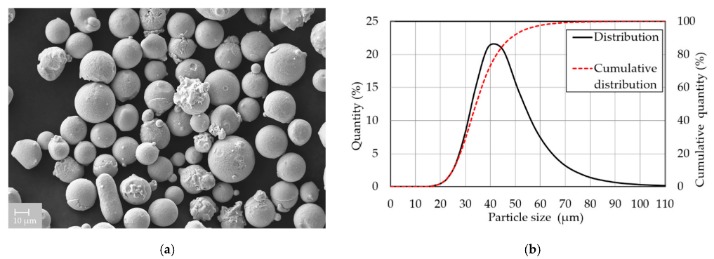As additive manufacturing continues to revolutionize the way we produce complex parts and components, the demand for advanced materials that can withstand extreme conditions has never been higher. One such material that has gained significant attention in recent years is In718 powder.
The Rise of In718 Powder
In718 powder is a type of nickel-based superalloy that offers exceptional strength, corrosion resistance, and high-temperature stability. These properties make it ideal for use in a wide range of industries, including aerospace, automotive, and energy.
Read more about In718 Powder here.
Benefits of In718 Powder in Additive Manufacturing
- High Strength: Parts made from In718 powder exhibit superior mechanical properties, making them suitable for demanding applications.
- Corrosion Resistance: The nickel content in In718 powder provides excellent resistance to corrosion, extending the lifespan of components.
- High-Temperature Stability: Components manufactured using In718 powder can withstand extreme temperatures without losing their structural integrity.
Applications of In718 Powder
In718 powder is commonly used in the following applications:
- Aircraft engine components
- Turbine blades
- Gas turbine components
- Exhaust systems
FAQs about In718 Powder
Here are some frequently asked questions about In718 powder:
- Q: What is the melting point of In718 powder?
- A: The melting point of In718 powder is approximately 1,260°C.
- Q: Is In718 powder suitable for use in high-temperature applications?
- A: Yes, In718 powder is known for its high-temperature stability, making it perfect for applications in extreme environments.
- Q: Can In718 powder be used in additive manufacturing processes?
- A: Yes, In718 powder is commonly used in powder bed fusion processes like selective laser melting (SLM) and electron beam melting (EBM).
With its exceptional properties and wide range of applications, In718 powder continues to be a material of choice for additive manufacturing processes. As technology advances, we can expect to see even more innovative uses for this versatile superalloy.

Leave a Reply